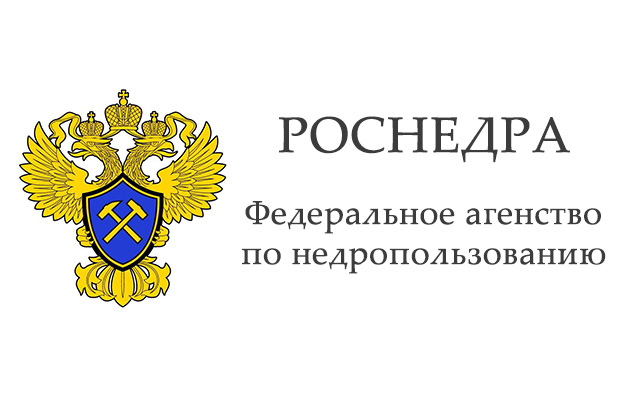59 new hydrocarbon fields were discovered and submitted on the state registration in Russia at the end of 2019: 54 oil fields, 3 gas condensate fields, one gas- oil field and 1 gas field). Their total reserves in categories C1 + C2 makes 68.6 million tons of oil, 559.6 billion cubic meters of natural gas and 5.3 million tons of condensate, with reference to the materials of the Federal Agency for the Subsoil Use (Rosnedra).
Gas and gas condensate fields discovered by Gazprom on the shelf of the Kara Sea became the most significant discoveries of the past year. Gazprom discovered the gas condensate field named after V.A. Dinkov in the marine area, its total gas reserves amounted to 391 billion cubic meters in categories C1 + C2, what allows considering the field “unique in terms of reserves”, it is noted in the materials of Rosnedra. The Dinkov field is located within the Rusanovskoye license area.
The Nyarmseyskoye field is the second one discovered field by Gazprom in 2019 on the shelf of the Kara Sea shelf, classified as large, its gas reserves are estimated at 121 billion cubic meters in categories C1+C2.
The key role in the increase of gas reserves was the discovery of the Nyarmeyskoye and Dinkov fields. A significant increase in gas reserves was provided with geological prospecting work on previously known Gazprom fields. For example, the increase in gas reserves at the Ludlovskoye gas condensate field of Gazprom (shelf of the Barents Sea) amounted to 39.4 billion cubic meters in category C1 by the end of 2019.



